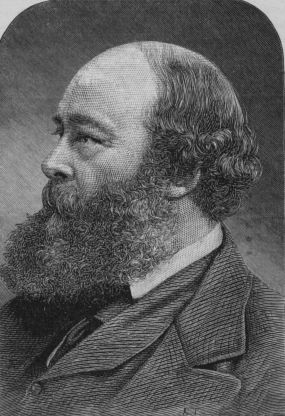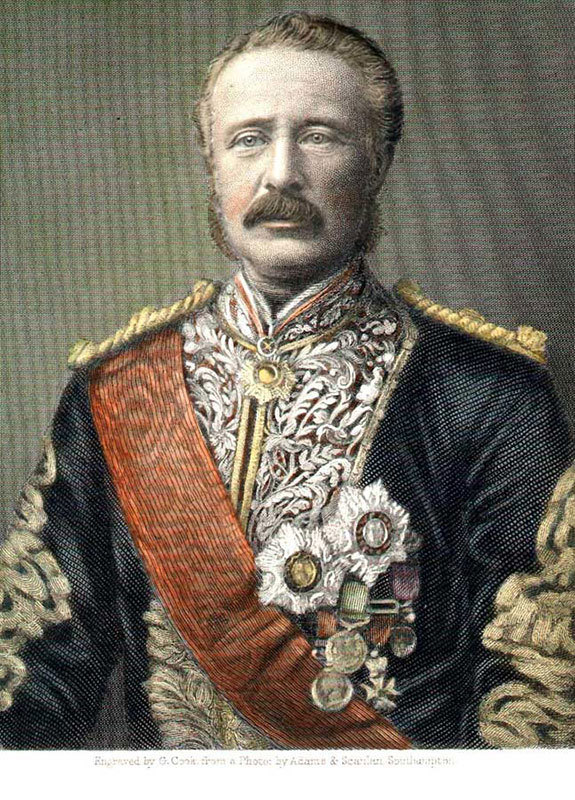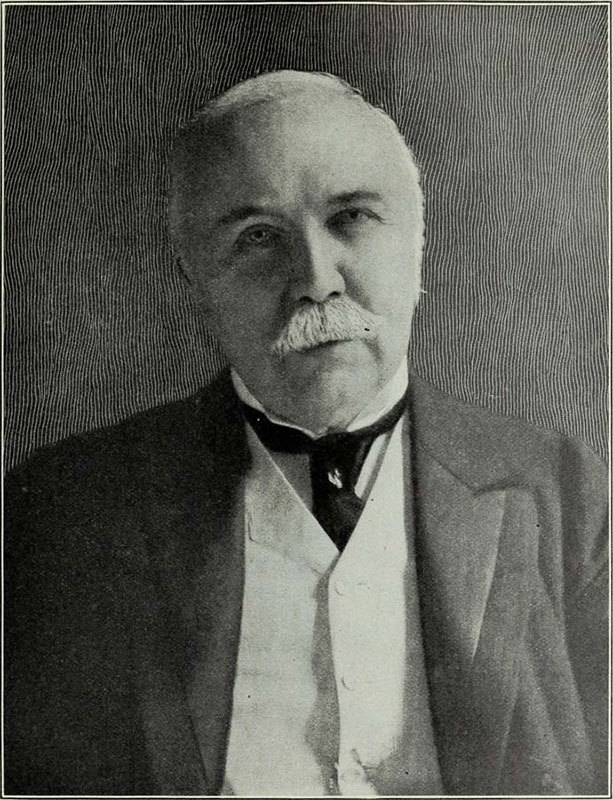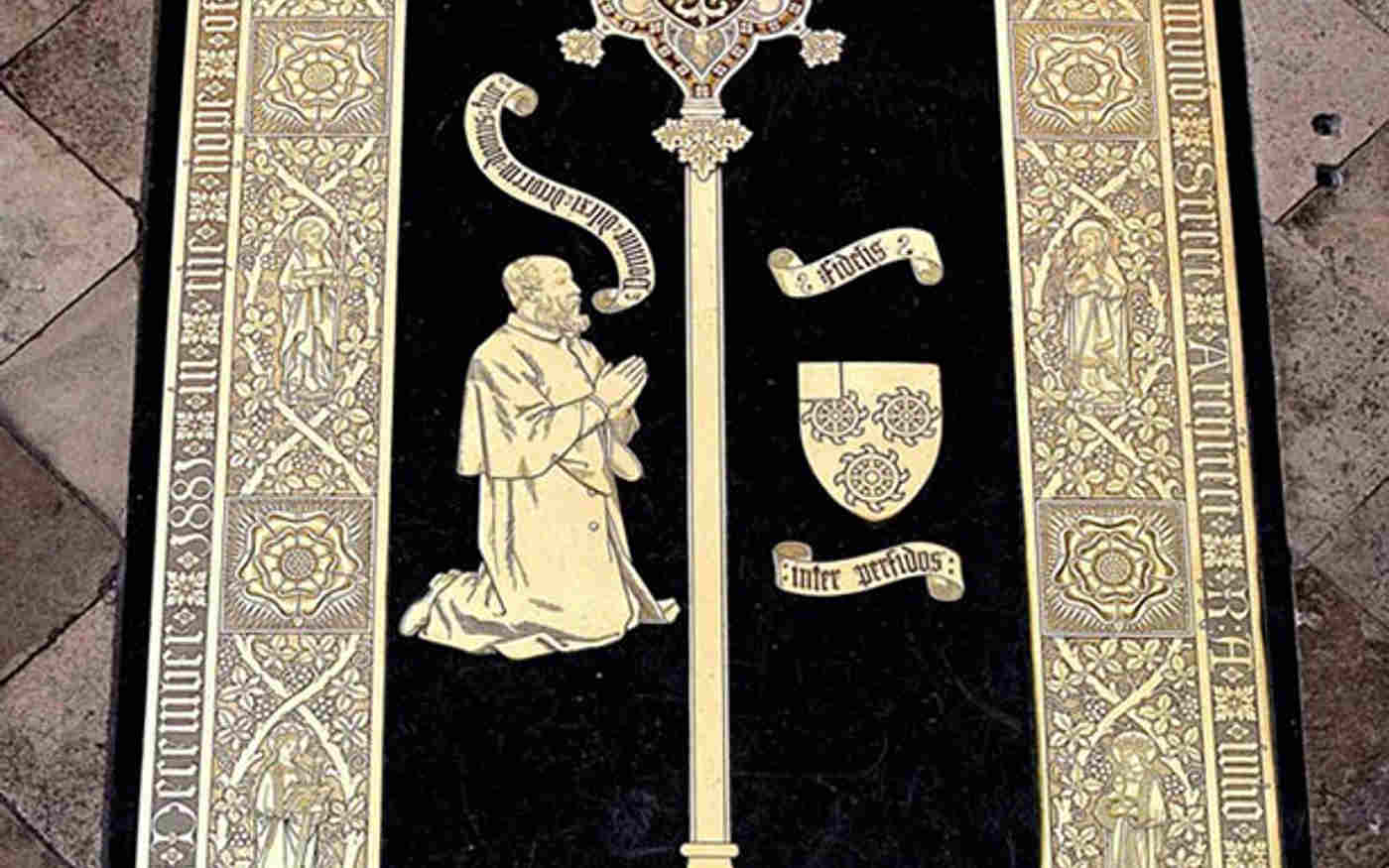James Clerk Maxwell
In the nave of Westminster Abbey is a memorial stone for James Clerk Maxwell, eminent physicist and mathematician. It is placed to the north of the grave of Sir Isaac Newton and was unveiled, together with a stone for Michael Faraday, on 30th September 1931. In 1976 the stone was replaced by one in cast iron. The Latin inscription can be translated:
The memory of James Clerk Maxwell 1831-1879. Buried elsewhere
He was born in Edinburgh on 13th June 1831, son of John and his wife Frances (Cay). His father was a brother of Sir George Clerk and John took the name Maxwell when he inherited an estate from marriages between the Clerk and Maxwell families. James was educated in his home town and gave a paper to the Royal Society of Edinburgh when he was only 15 years old. He went on to Cambridge University. His interests took in colour vision, optics, the stability of Saturn's rings, the theory of gases and thermodynamics, and electromagnetics. He worked at King's College London, was elected a fellow of the Royal Society and was the first Cavendish professor of experimental physics at Cambridge 1871-1879. In 1858 he married Katherine Mary Dewar but they had no children. He died on 5th November 1879 and is buried in the churchyard at Parton in Kirkcudbright, Scotland. He is considered to be second only to Newton among the mathematical scientists Britain has produced.
Further Reading
"Life of James Clerk Maxwell" by L. Campbell and W. Garnett, London (1882)
"James Clerk Maxwell - a commemorative volume", Cambridge (1931)
"James Clerk Maxwell" by R.L. Smith-Rose (1948)
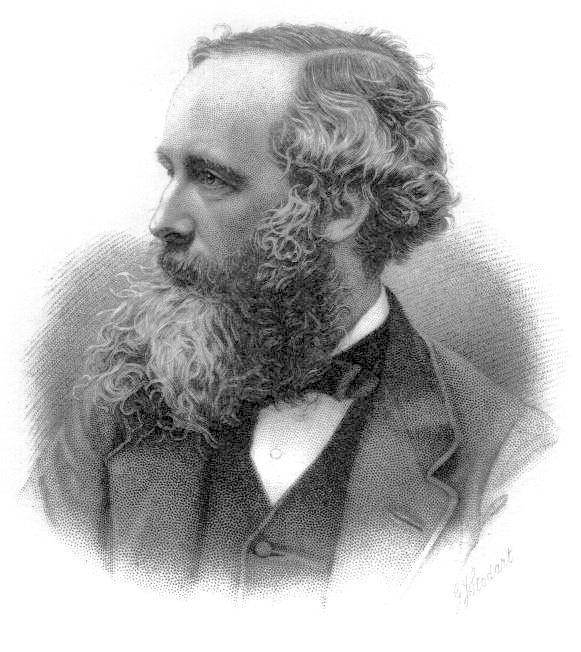
By digitized from an engraving by G. J. Stodart from a photograph by Fergus of Greenock [Public domain], via Wikimedia Commons
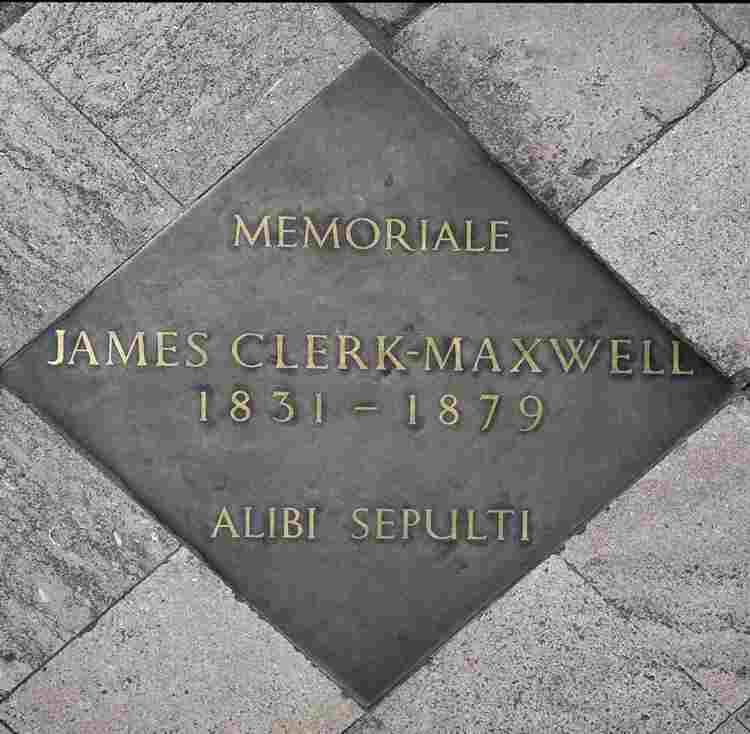
This image can be purchased from Westminster Abbey Library
Image © 2025 Dean and Chapter of Westminster
